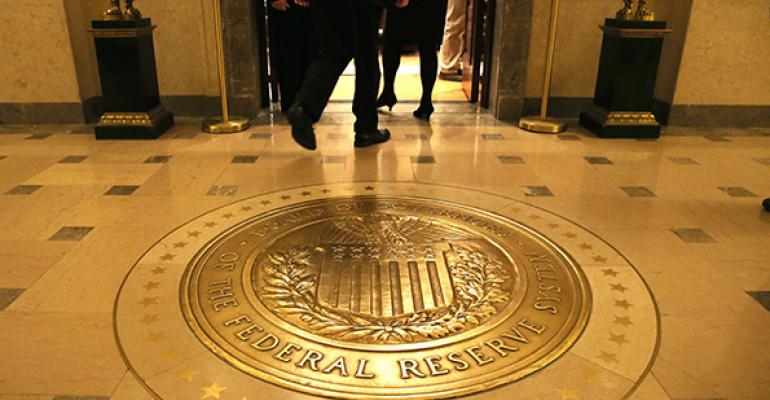The Fed has embarked on a rather suspicious path, given last week’s (in)decision on rates. If we consider “Yellen & Co.’s” official statutory mandate (aka the dual mandate), our policymakers are here to ensure maximum employment, stable prices, and moderate long-term interest rates. Pairing these objectives with what the broad public is made to believe about the health of our domestic economy, rates could have arguably been raised months ago. Critical observers may now point out that either the Fed’s mandate is “off,” or economic conditions are far from acceptable; I think both aspects apply.
As I pointed out in our Honey for the Bees (Part II) blog post some years ago (2012), Fed Chairman Bernanke did not shy away from indicating (in a 2010 public address) that the Fed would “stray” somewhat from its official mandate¾fair enough, since conditions in the aftermath of the 2008 financial crisis were more than dire. Bernanke was clear that “…lower corporate bond rates will encourage investment. And higher stock prices will boost consumer wealth and help increase confidence, which can also spur spending.” With this in mind, one needs to know when enough is enough, as a persistent zero- interest-rate-policy will further spoil financial market participants by promoting asset-price inflation.
Last week, we discussed our view of economic conditions, both at home and abroad: concisely, growth remains subdued, and important “pockets of opportunity,” which were promising in their contribution to an improving labor market, now have to be questioned (e.g., energy and housing sectors).
Even if we generously conclude that both viewpoints described grant a continued accommodative stance, one thing has materially changed, at least in my book: In the past, the Fed was clear in conveying under which conditions rates should, could, or would rise, and, sure enough, an improving labor market was considered an important anchor. Now we must conclude that our policymakers are not pure in their assessment, and may be influenced by other-than-domestic economic conditions, such as a severe equity meltdown in China and an uptick in volatility around the globe-not entirely surprising (think Bernanke in 2010), as the financial economy has become closely correlated with the real economy.
The Fed’s decision to postpone the rate hike will most likely trigger a reassessment of domestic financial market conditions, long considered (by most) the “best play” compared to the rest of the world. The story of U.S. exceptionalism, after all, may not be as opportune any longer. Volatility should increase globally, but especially in the U.S., and markets that have underperformed the U.S. could now possibly “catch a break,” or at least start performing better on a relative basis. Stay globally diversified.
Matthias Paul Kuhlmey is a Partner and Head of Global Investment Solutions (GIS) at HighTower Advisors. He serves as wealth manager to High Net Worth and Ultra-High Net Worth Individuals, Family Offices, and Institutions.




